Exact date solar storm will enter Earth's magnetic field with possibility of chaos
High speed solar winds from a hole in the sun's atmosphere is set to enter the Earth's magnetic field. Here's the date forecasted for the solar storm and what effects it might have
Malvika Padin

The Earth is occasionally hit by solar storms, which occur when the Sun emits huge bursts of energy that then send streams of electrical charges towards the Earth.
Now, a hole in the sun's atmosphere is giving rise to high-speed solar winds, which could enter the Earth's magnetic field this week and cause a minor solar storm.
The prediction comes from the National Oceanic and Atmospheric Administration's Space Weather Prediction Center (SWPC), who have observed that "gaseous material is flowing from a southern hole in the sun's atmosphere".
Here's that exact date that forecasters have predicted for the storm storm and what effects it might have.
When will the storm storm hit Earth?
Coronal holes are areas in the sun's upper atmosphere where the star's electrified gas is cooler and less dense, where instead of looping back on themselves, the magnetic fields from the sun beam outwards into space.
Solar material is carried by these beams at speeds of up to 1.8 million miles per hour, and this debris - which usually takes around 15 to 18 hours to reach Earth - is then absorbed by the planet's strong magnetic field, triggering solar storms.
What happens during a solar storm?
During a solar storm, the Earth's magnetic field gets compressed slightly due to the waves of highly energetic particles.
These solar particles trickle down the magnetic field lines near the poles, agitating molecules in the atmosphere and releasing energy in the form of light to create colourful auroras, similar to that of the famous Northern Lights.
How will the solar storm affect the Earth?

The solar storm on August 3 is predicted to be minor and quite weak. However, it also has potential to cause minor fluctuations in power grids and impact some satellite functions — including those for mobile devices and GPS systems.
In case of more extreme storms, the disruption to our planet's magnetic field can be powerful enough to even send satellites tumbling down to Earth, according to Live Science.
Andrew Griffin
Tue, August 2, 2022

(GETTY IMAGES)
A solar storm could be about to hit Earth, as material flows out of a hole in the Sun.
The G1 class storm could cause power grid failures, disrupt satellites and disrupt the migrations of animals, according to the US National Oceanic and Atmospheric Administration. Nonetheless, they are relatively minor – with much more dramatic effects possible during geomagnetic storms.
The organisation said that such conditions were “likely” on Wednesday, 3 August, as a result of a hole on our star.
Coronal holes appear as dark patches on images of the Sun when they are taken using ultraviolet and X-rays. They are cooler and less dense parts of our star, which means that the solar wind is more easily able to escape into space.
That means that fast streams of solar wind can be thrown out of the Sun – and may be directed towards Earth.
Such a stream will glance our atmosphere, leading to potential effects both in the space just above us as well as down the Earth.
Coronal holes can form at any time, though they happen more during the time of solar minimum. We are currently moving out of such a time and towards the solar maximum, where the Sun’s activity rises in intensity, which is expected to arrive sometime around 2025.
As that time approaches, scientists expect space weather to have a more regular and potentially more damaging impact on life on Earth. Scientists have repeatedly warned that human civilisation should be doing more to protect against damaging solar weather before more intense events arrive.
NOAA’s scale for solar weather begins at G1, as Wednesday’s storm is expected to be, which is referred to as “minor”.
It runs all the way to G2 – an “extreme” geomagnetic storm – where widespread power system problems are expected, spacecrafts could be disorientated, and radio signals and satellite navigation could be temporarily knocked out.
Such extreme solar storms are however relatively rare. Extreme solar storms of that kind only occur around four days in each of the Sun’s 11 year cycles.


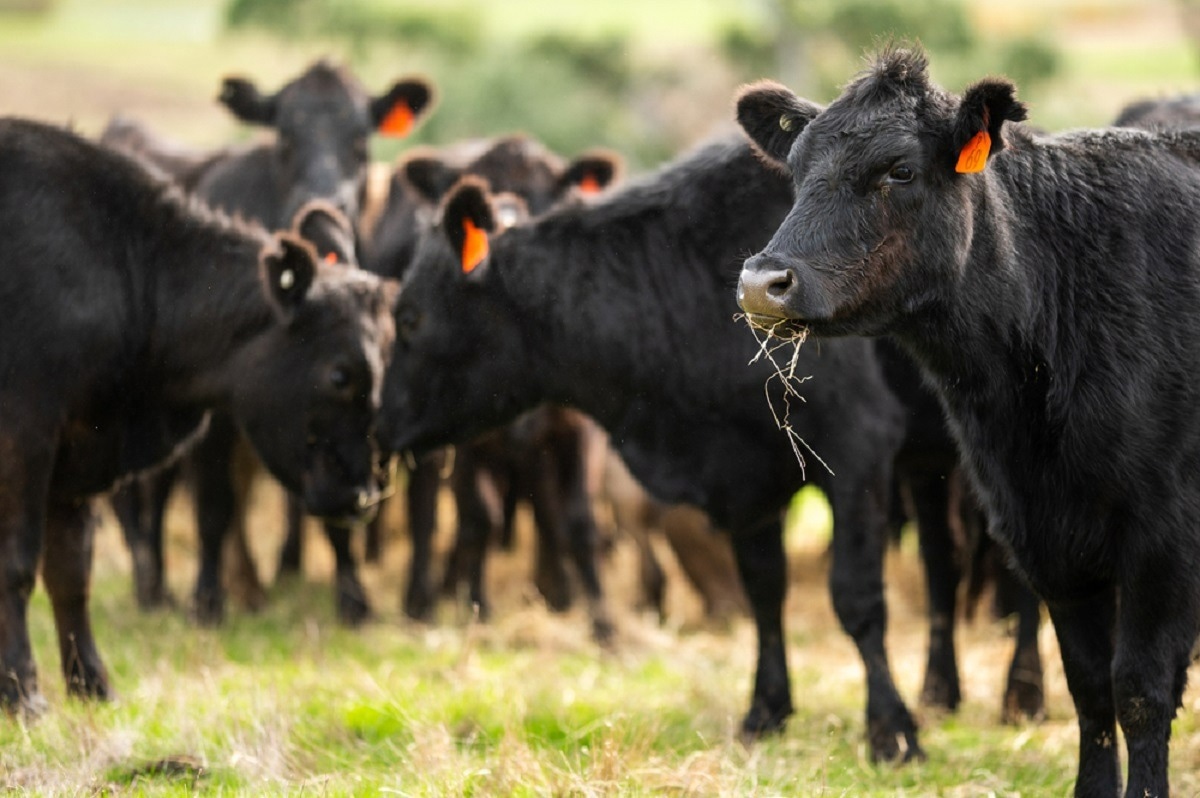




.jpg)

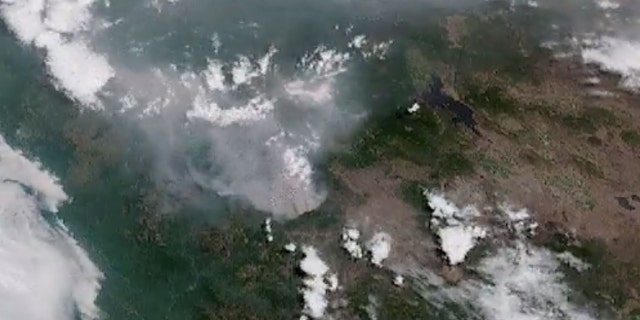
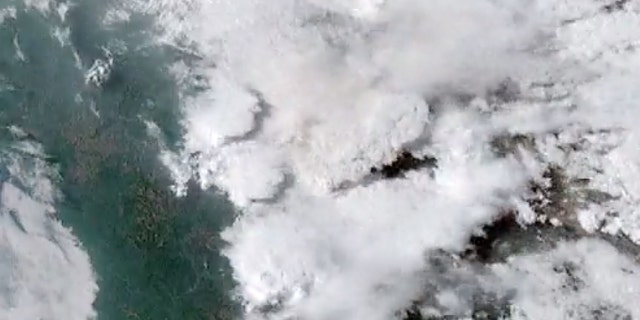


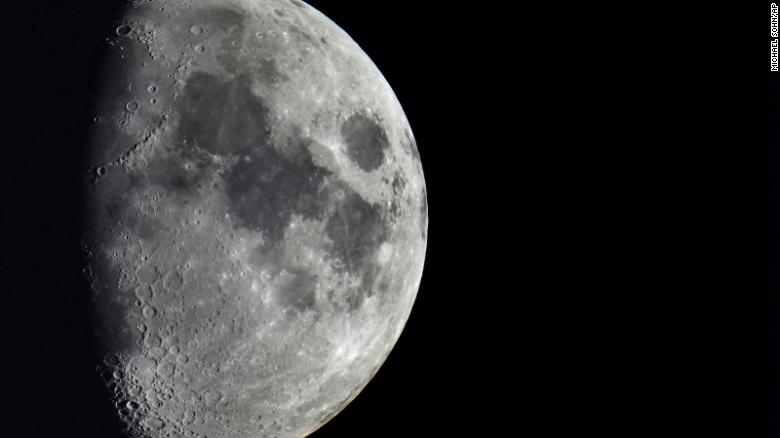
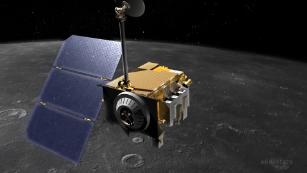
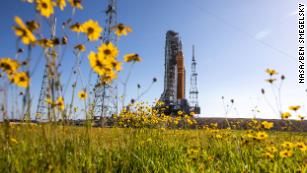
.jpg)